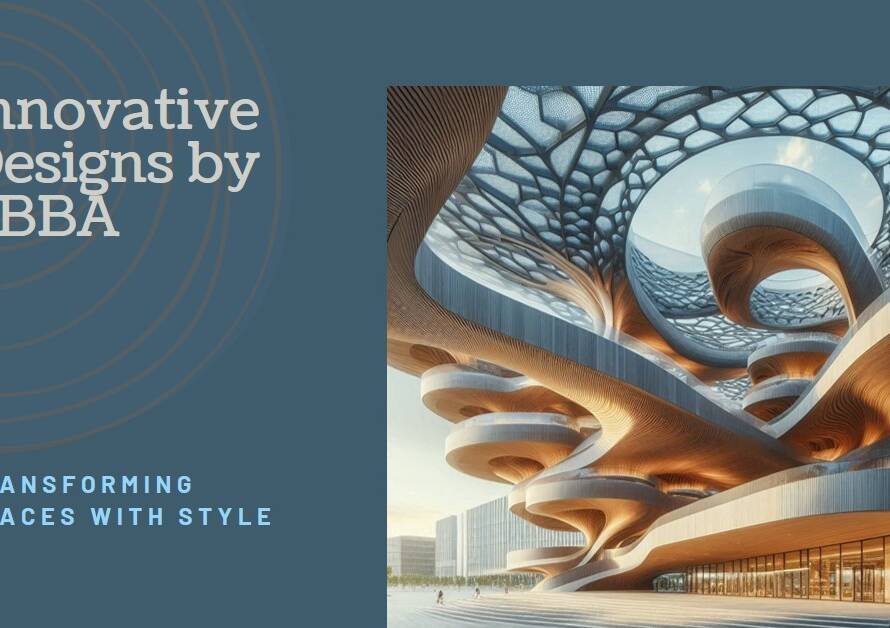
Table of Contents
- Introduction: Exterior Design
- The First Impression: The Power of Curb Appeal
- Signage and Branding: Communicating Your Story
- Windows and Doors: Inviting Interiors
- Lighting: Setting the Mood
- Outdoor Seating: Extending the Dining Experience
- Landscaping: Blending Nature with Design
- Color Palette: Expressing Identity
- Architectural Details: Adding Character
- Sustainability: Designing with a Conscience
- Conclusion: Crafting Dreams that Captivate
Introduction: Exterior Design
The journey to an unforgettable dining experience begins long before a guest steps inside a restaurant. The exterior design plays a pivotal role in setting the stage for the culinary adventure that awaits. This crucial aspect of restaurant design not only attracts potential customers but also communicates the establishment’s brand, ambiance, and promise. In this blog post, we will explore the multifaceted world of exterior restaurant design, offering insights into how restaurateurs can craft dreams that captivate and entice from the very first glance.
The First Impression: The Power of Curb Appeal
A restaurant’s exterior is its handshake with the world. It’s the first impression that can make or break a potential customer’s decision to step inside. Curb appeal, therefore, becomes an essential element in exterior design.
The façade should reflect the restaurant’s identity and style. Whether it’s a rustic eatery, a sleek modern bistro, or a cozy café, the exterior design must convey this at a glance. Utilizing materials, colors, and architectural details that resonate with the restaurant’s theme helps create a cohesive and inviting look. Thoughtful landscaping, clean walkways, and well-maintained signage further enhance this appeal, making the restaurant stand out in a crowded marketplace.
Signage and Branding: Communicating Your Story
Effective signage is more than just a nameplate; it’s a storytelling tool. The design, typography, and placement of a restaurant’s sign should communicate its brand personality and promise.
For instance, an upscale restaurant might use elegant, understated signage with sophisticated typography, while a family-friendly diner might opt for bold, playful fonts and vibrant colors. Illumination plays a crucial role as well, ensuring the sign is visible and attractive both day and night. Integrating the logo and brand colors consistently across all exterior elements helps in building a strong, recognizable brand identity.
Windows and Doors: Inviting Interiors
Windows and doors serve as visual connectors between the exterior and interior of a restaurant. They invite curiosity and offer glimpses into the dining experience awaiting inside. Large, clear windows can create a sense of openness and transparency, enticing passersby with views of the bustling, inviting interior.
The design of the entrance is equally important. A grand doorway can create a sense of occasion, while a quaint, understated door might suggest a cozy, intimate dining experience. Materials, hardware, and design details should align with the overall architectural style, contributing to a harmonious and appealing exterior.
Lighting: Setting the Mood
Lighting is a powerful tool in exterior restaurant design. It not only enhances the aesthetic appeal but also sets the mood and ensures safety. Strategic lighting can highlight architectural features, signage, and pathways, creating an inviting and well-defined space.
Ambient lighting can create a warm, welcoming glow, while accent lighting can draw attention to specific elements like an outdoor seating area or a beautifully landscaped garden. Additionally, energy-efficient lighting solutions such as LEDs can provide cost-effective and environmentally friendly options without compromising on style or functionality.
Outdoor Seating: Extending the Dining Experience
Outdoor seating areas extend the restaurant’s footprint and offer guests the opportunity to enjoy their meals in the open air. These spaces should be thoughtfully designed to ensure comfort and aesthetic appeal.
Furnishings should be durable and weather-resistant, yet stylish and comfortable. Elements like umbrellas, pergolas, or retractable awnings provide shade and shelter, making the space usable in various weather conditions. Incorporating greenery, planters, and decorative elements can enhance the ambiance, creating a relaxing and inviting outdoor dining area.
Landscaping: Blending Nature with Design
Landscaping plays a crucial role in enhancing the exterior appeal of a restaurant. Thoughtfully designed green spaces can soften architectural lines, add color and texture, and create a welcoming atmosphere.
Choosing the right plants and flowers that thrive in the local climate ensures year-round beauty and reduces maintenance efforts. Incorporating features like garden paths, water elements, and seating nooks can transform the exterior into a serene retreat, encouraging guests to linger and enjoy the surroundings.


Color Palette: Expressing Identity
The color palette of a restaurant’s exterior is a direct reflection of its brand identity and style. Colors evoke emotions and set the tone for the dining experience.
A modern restaurant might opt for a monochromatic or neutral palette with pops of bold color, while a traditional eatery might choose warm, earthy tones. The key is to create a harmonious balance that complements the architecture and landscaping, enhancing the overall visual appeal. Consistent use of the chosen color scheme across all exterior elements, from the façade to the signage and outdoor furniture, helps in creating a cohesive and memorable brand image.
Architectural Details: Adding Character
Architectural details add character and uniqueness to a restaurant’s exterior. These elements can range from ornate moldings and columns to sleek, minimalist lines, depending on the overall design theme.
Incorporating materials like wood, stone, brick, or metal can add texture and depth, creating visual interest. Custom features such as awnings, shutters, or decorative lighting fixtures can further personalize the exterior, making it distinct and memorable. The key is to ensure that these details enhance the overall design rather than overwhelm it.
Sustainability: Designing with a Conscience
Sustainable design is becoming increasingly important in the hospitality industry. Eco-friendly practices not only appeal to environmentally conscious customers but also contribute to long-term cost savings and operational efficiency.
Incorporating sustainable materials, energy-efficient lighting, and water-saving landscaping practices can significantly reduce the environmental impact. Green roofs, solar panels, and rainwater harvesting systems are examples of sustainable features that can be integrated into the exterior design. These practices reflect a commitment to environmental stewardship, resonating with a growing segment of eco-aware diners.
Conclusion: Crafting Dreams that Captivate
The exterior design of a restaurant is more than just an aesthetic endeavor; it’s a strategic component of the brand experience. From curb appeal and signage to lighting and landscaping, every element plays a crucial role in crafting a cohesive and captivating vision that draws guests in and sets the stage for a memorable dining experience. By paying meticulous attention to these details, restaurateurs can create exterior spaces that not only attract but also enchant, turning passerby curiosity into loyal patronage.


